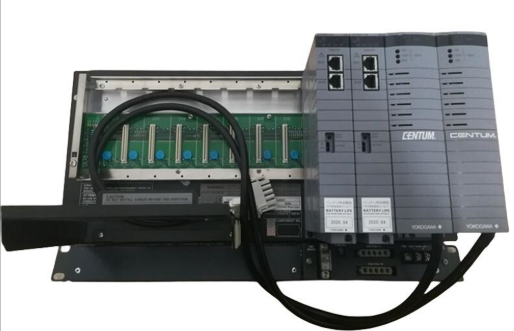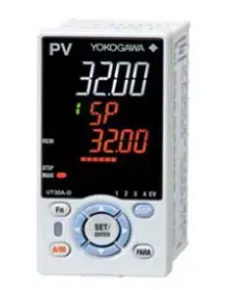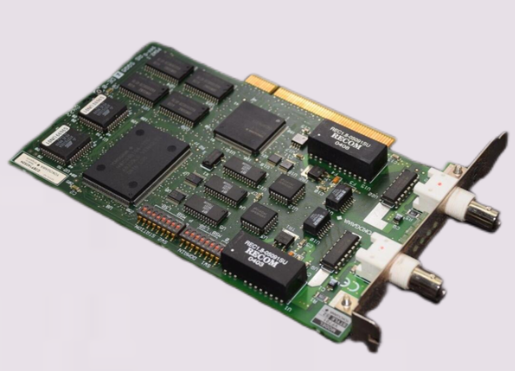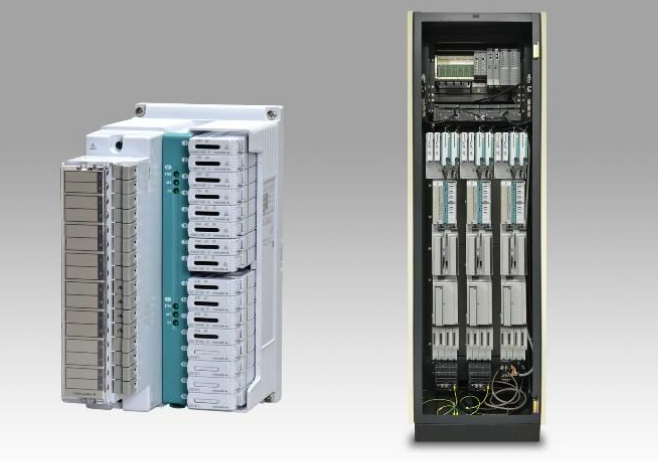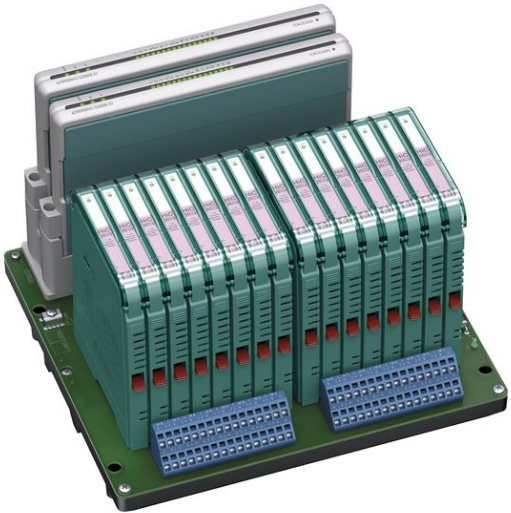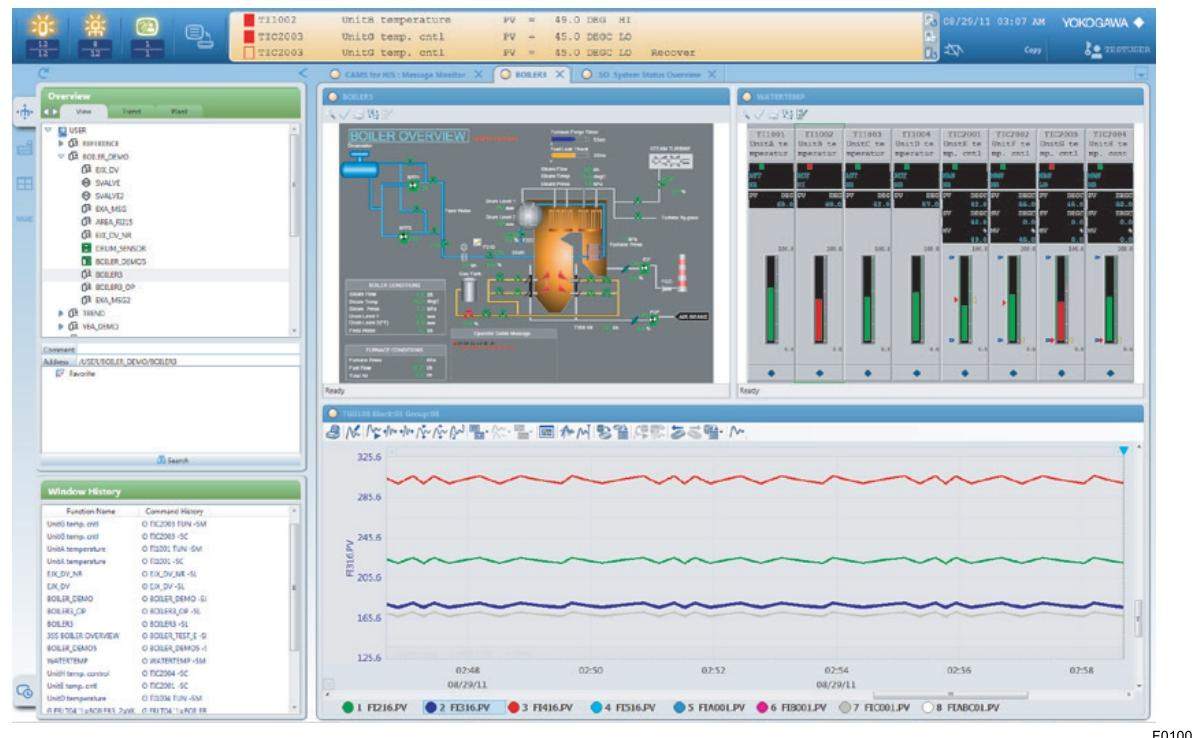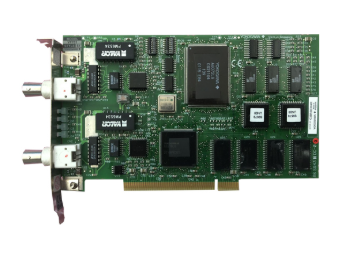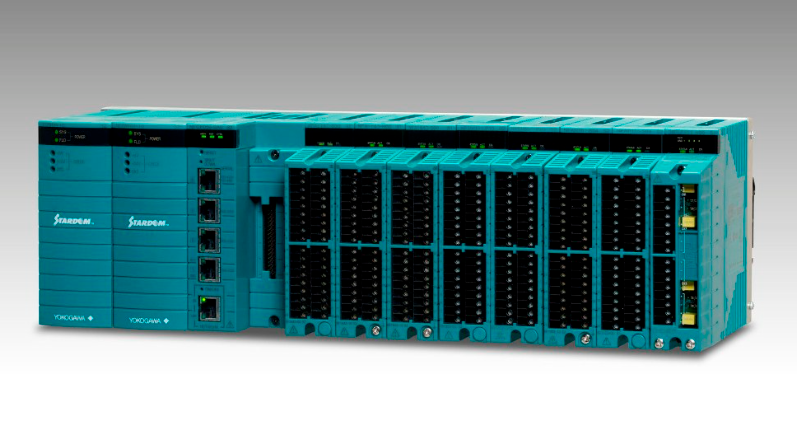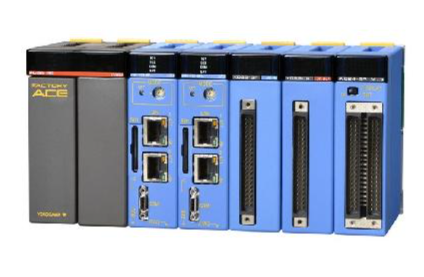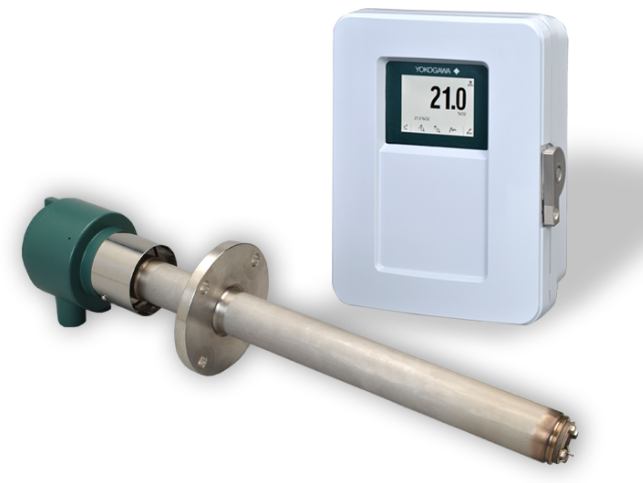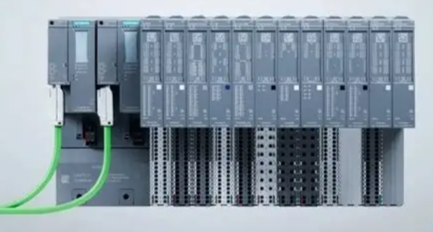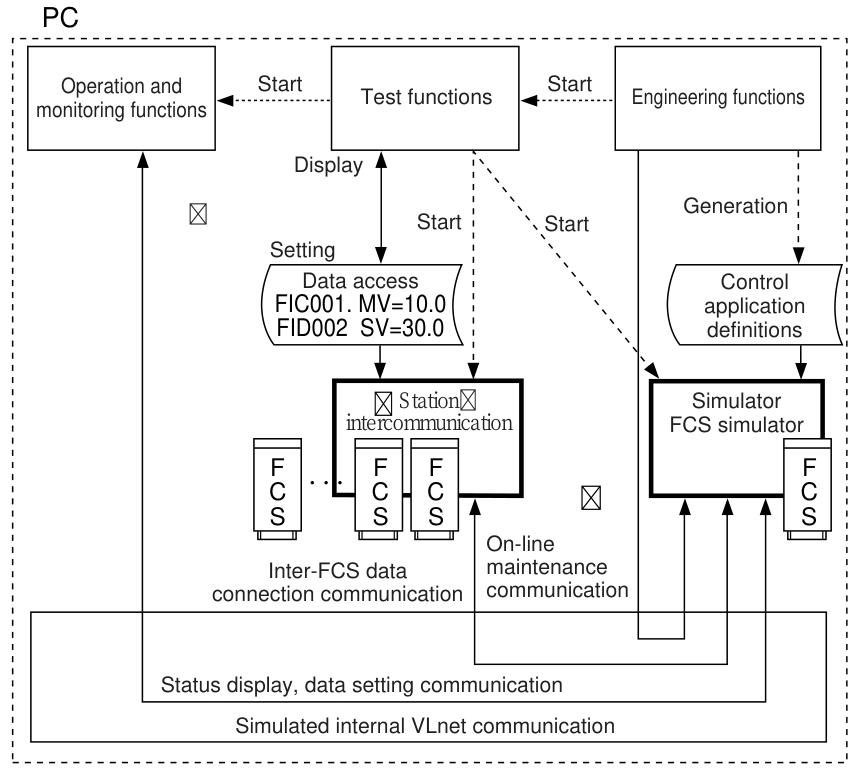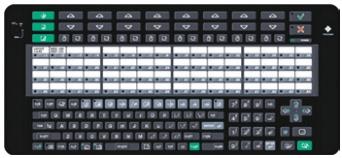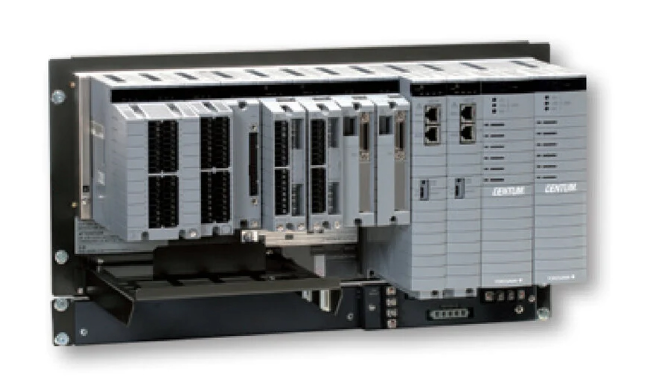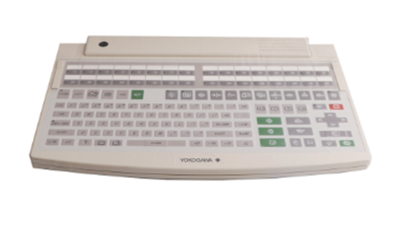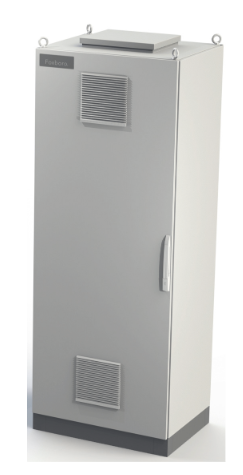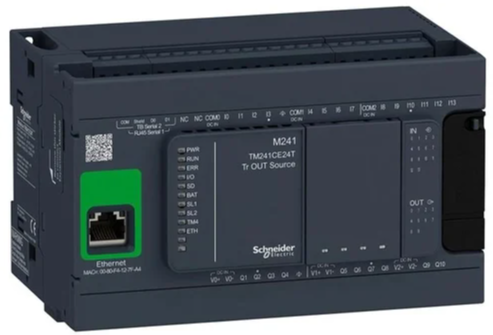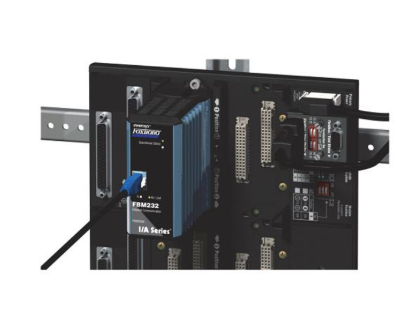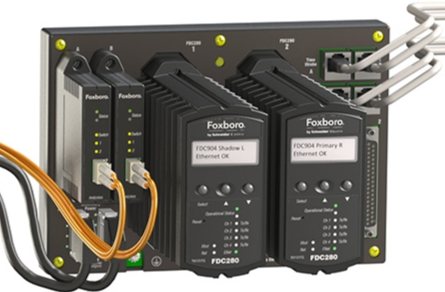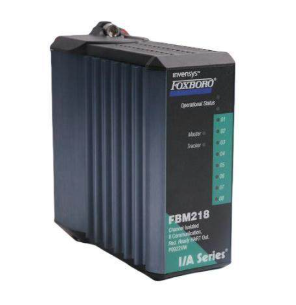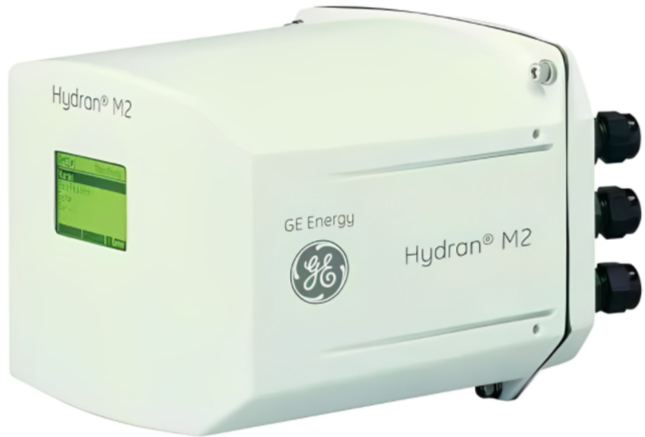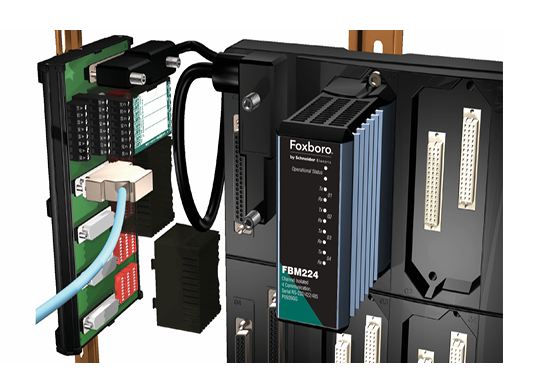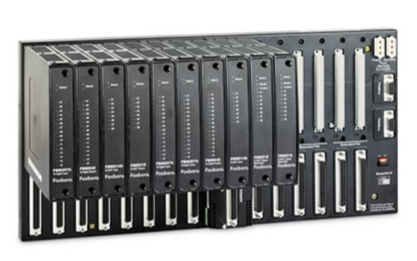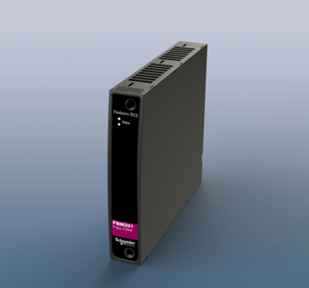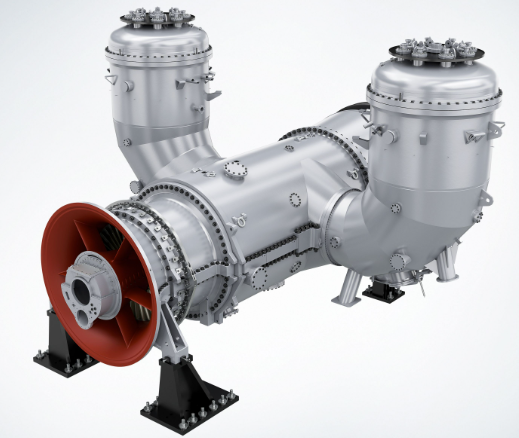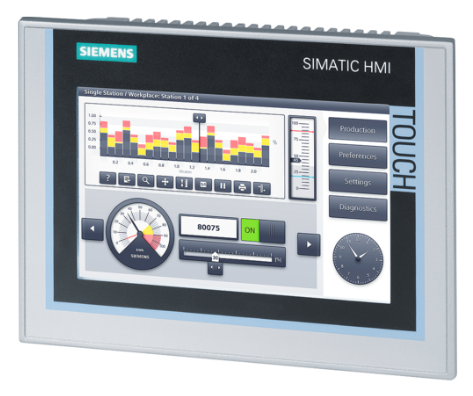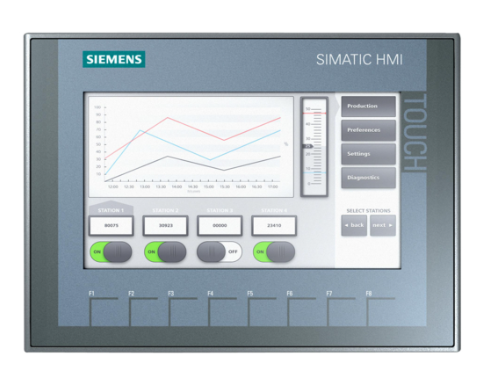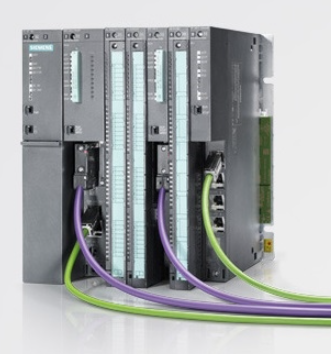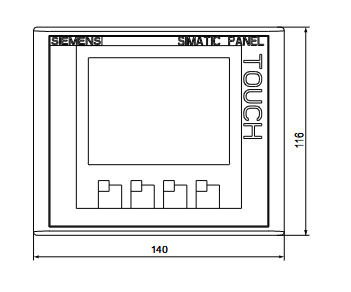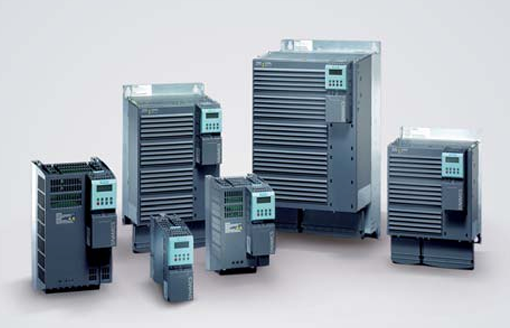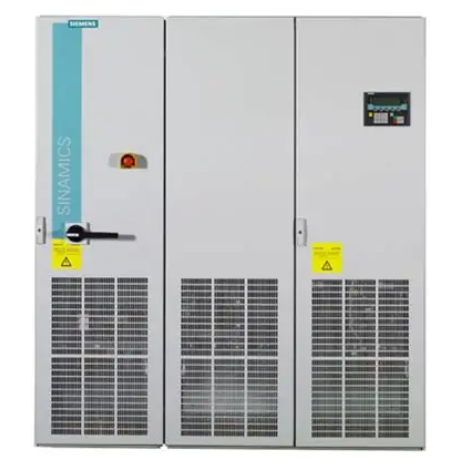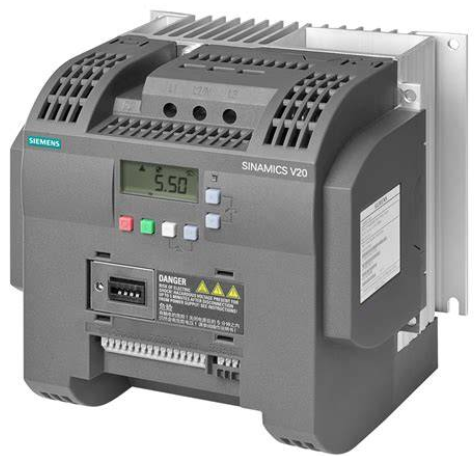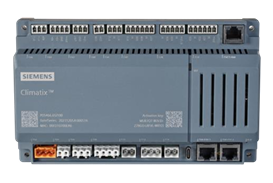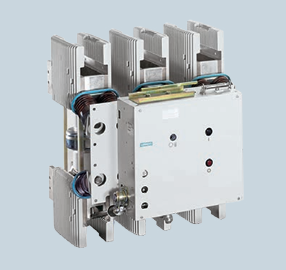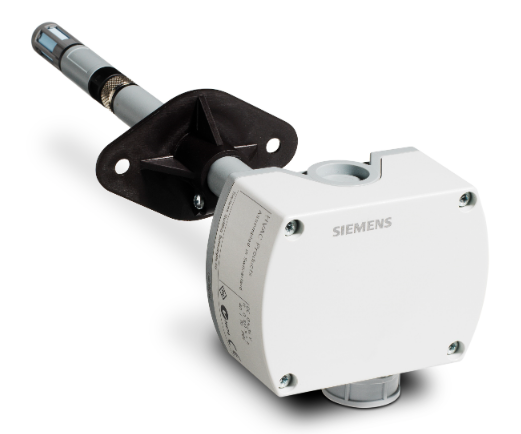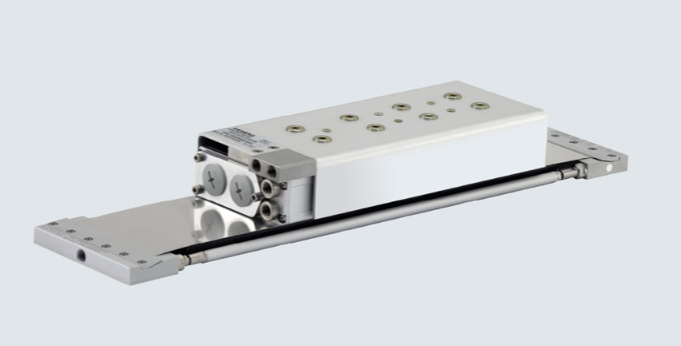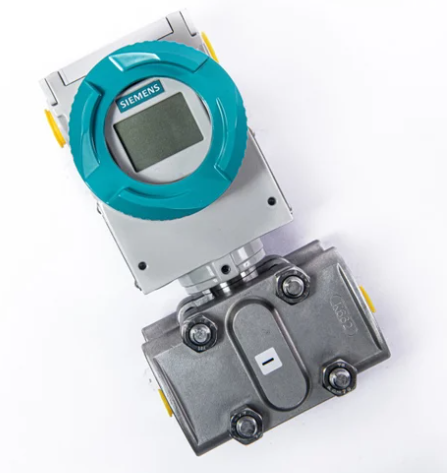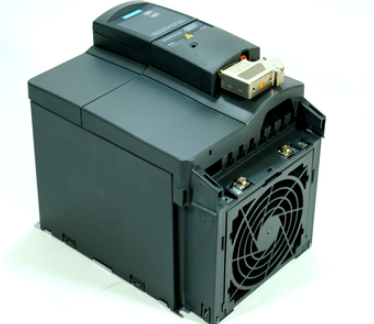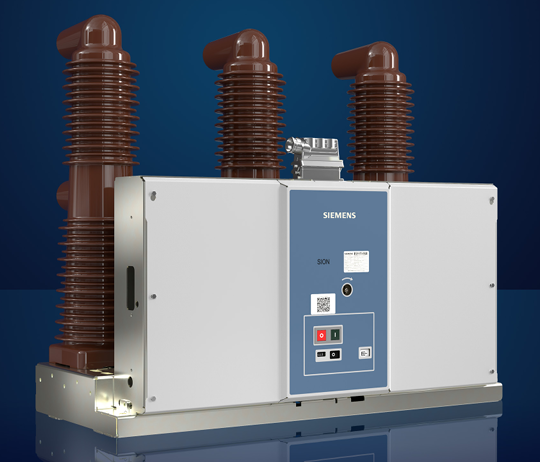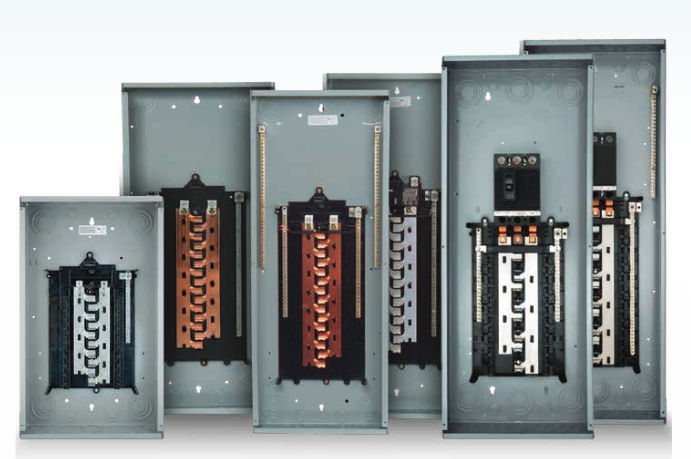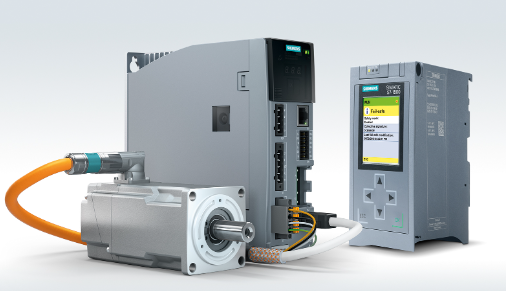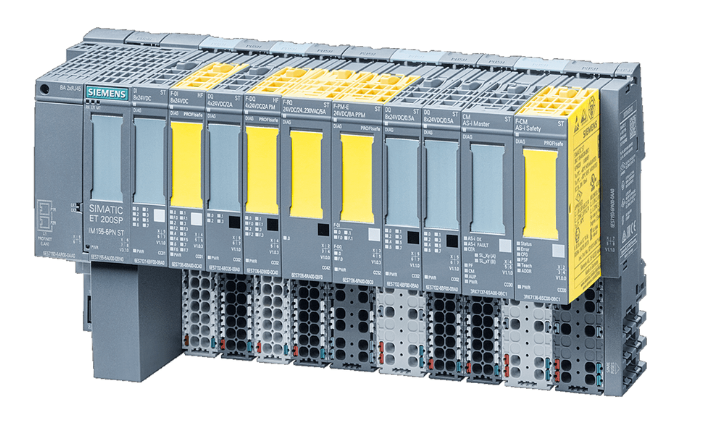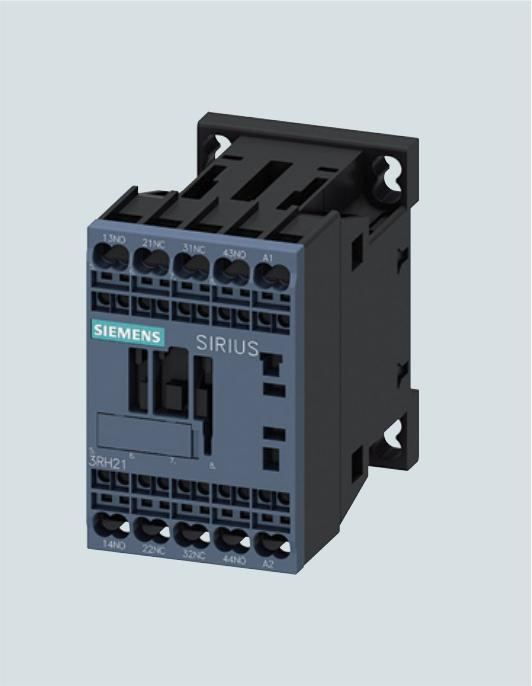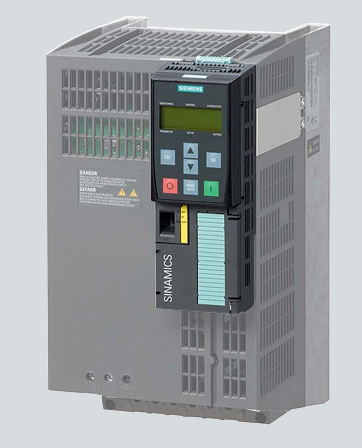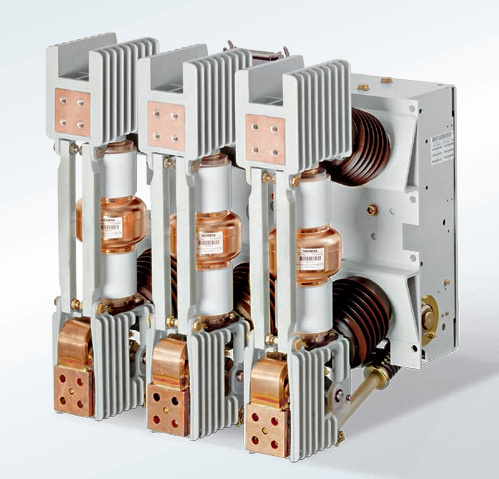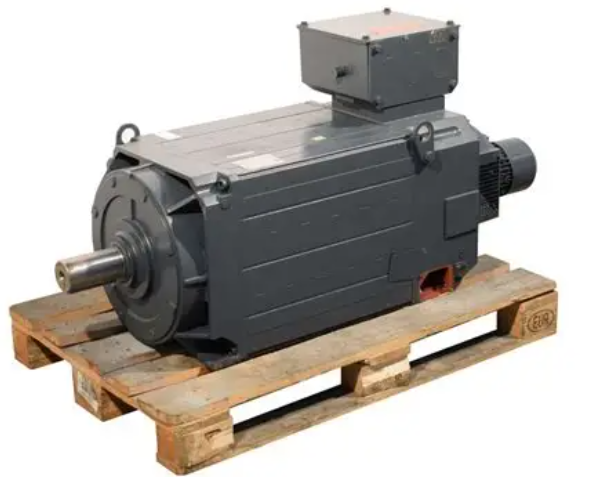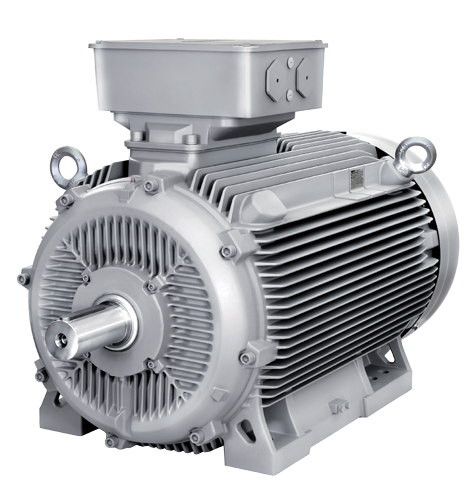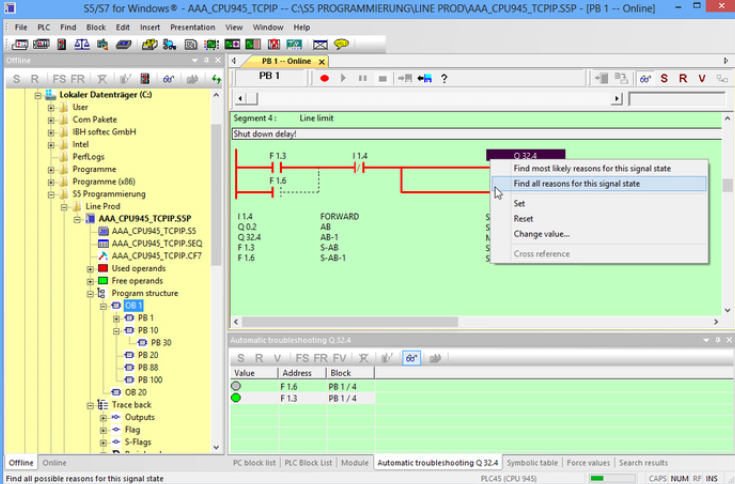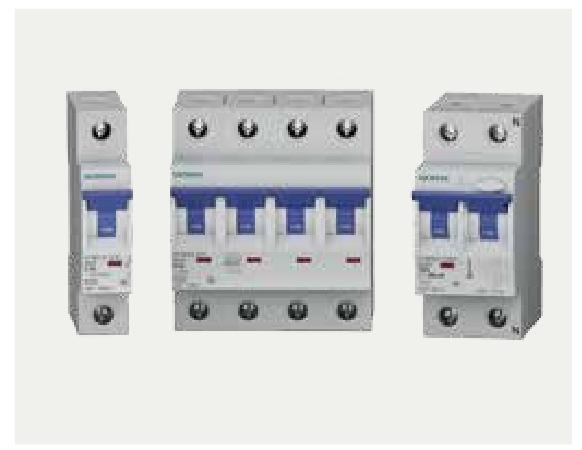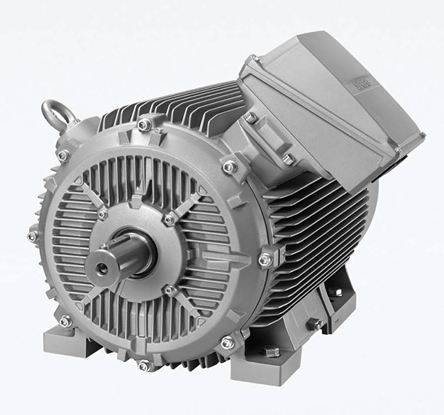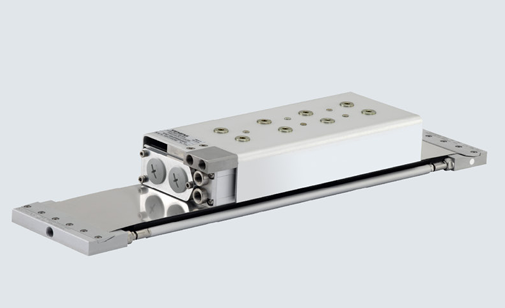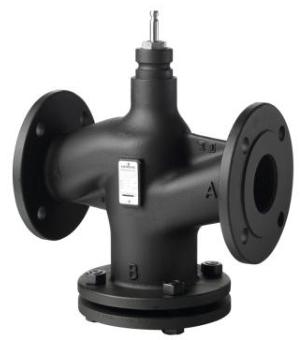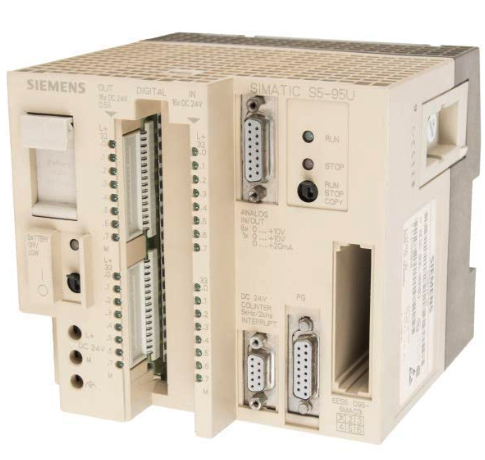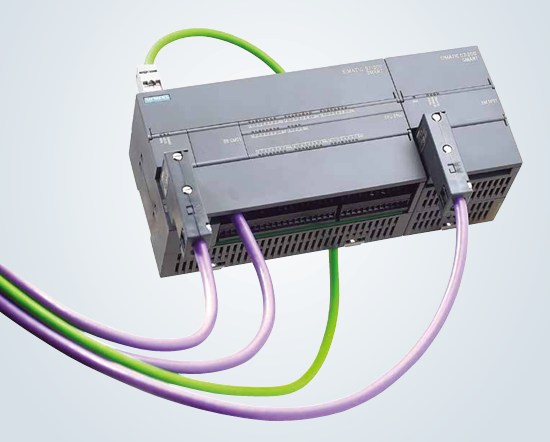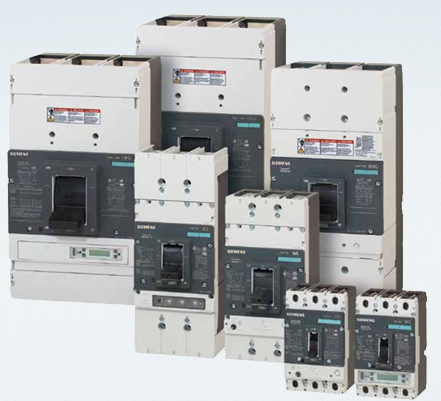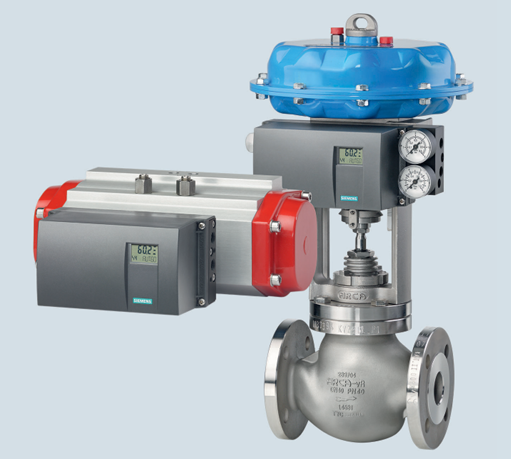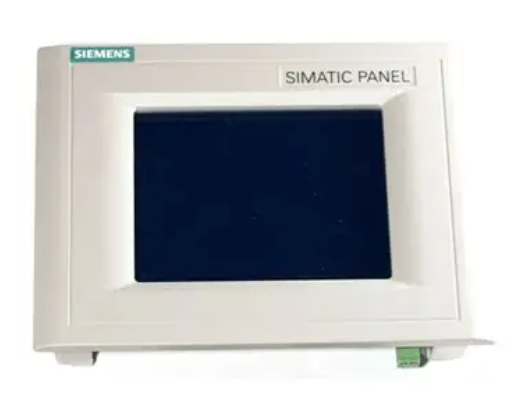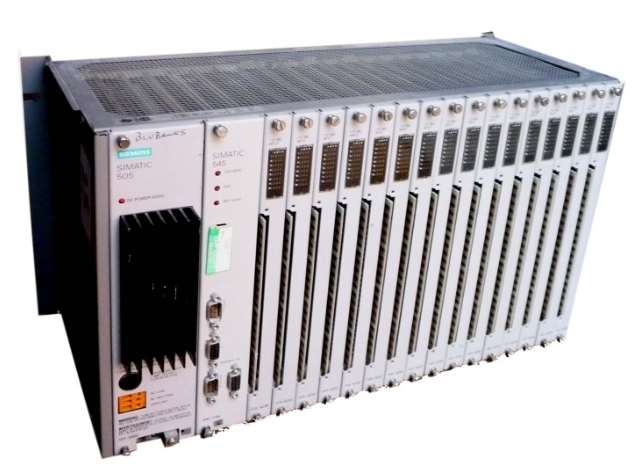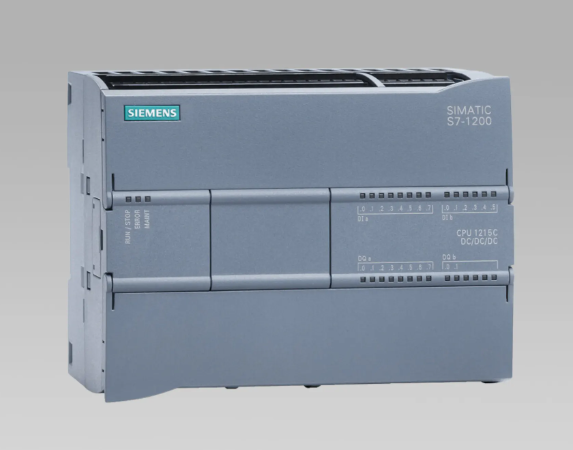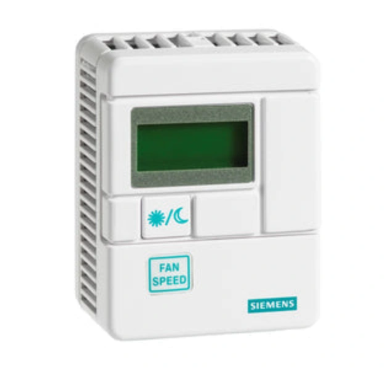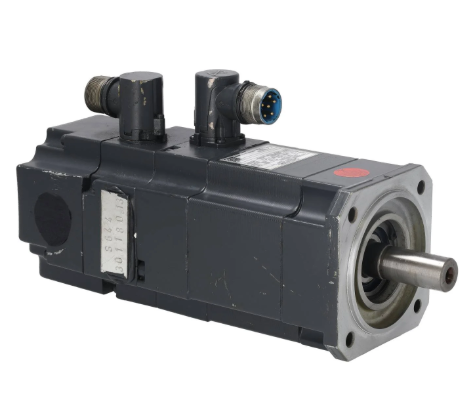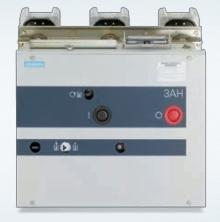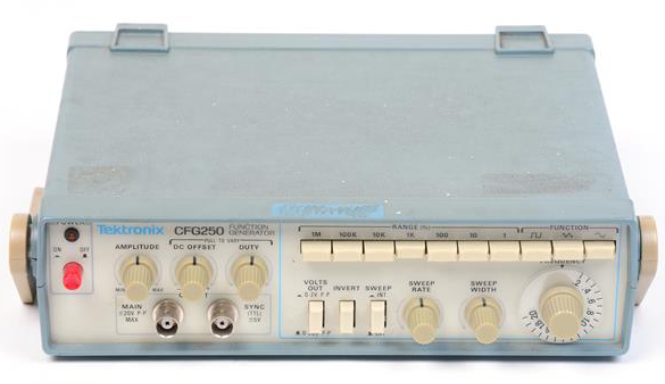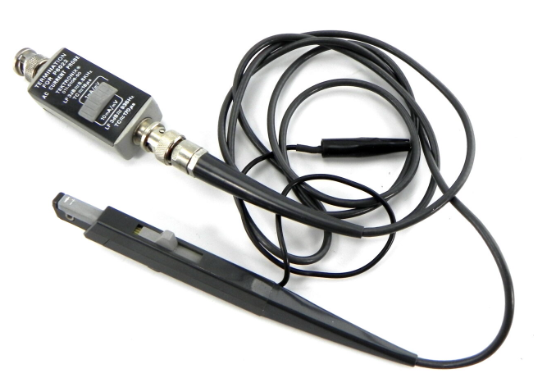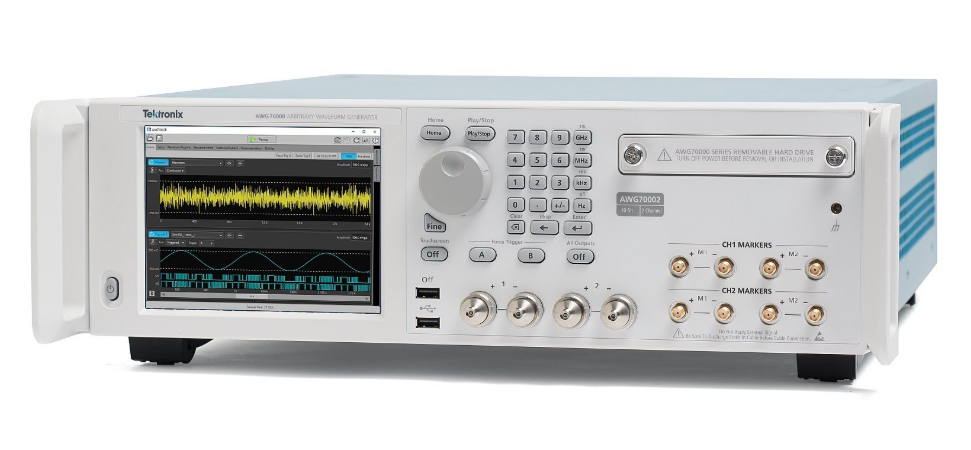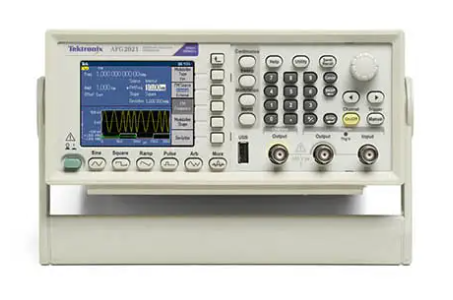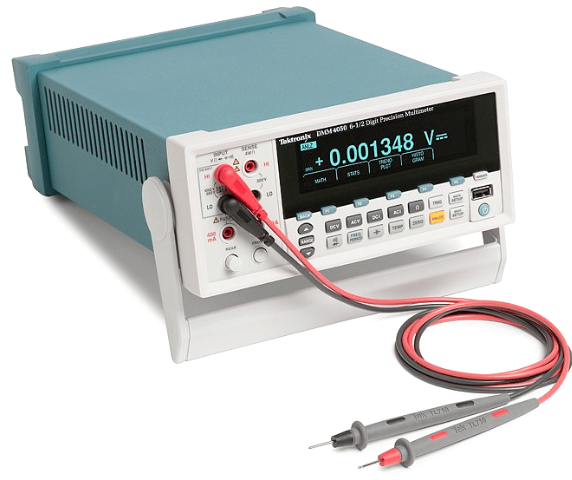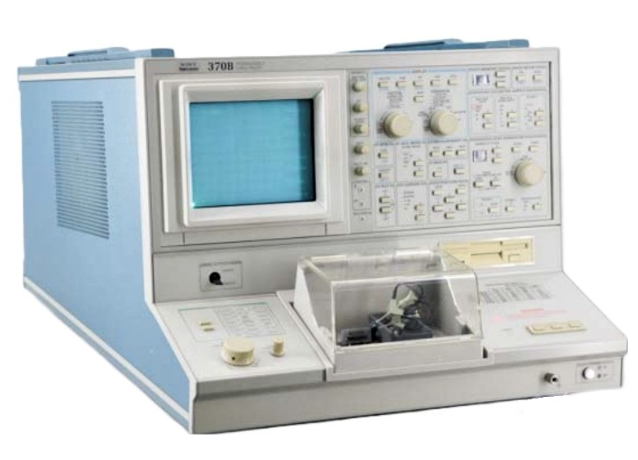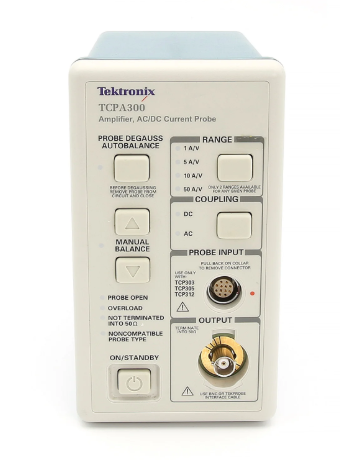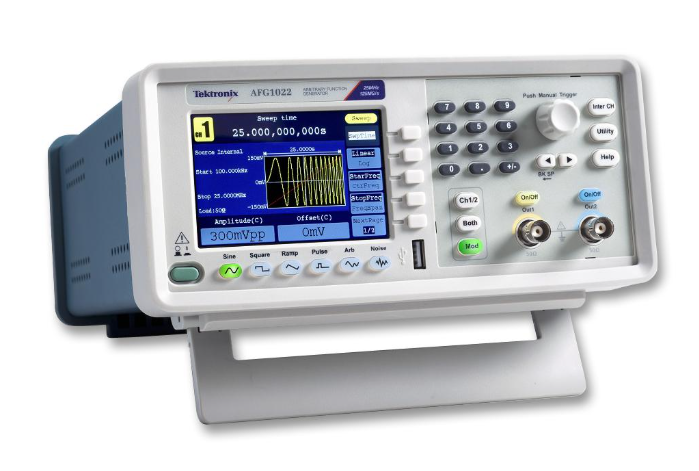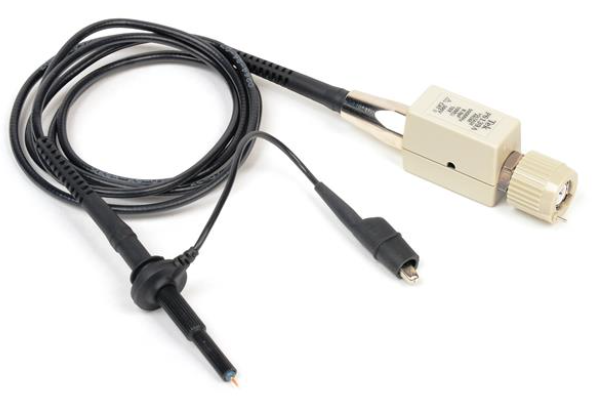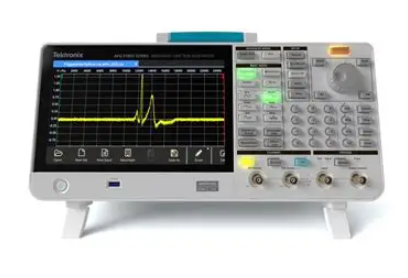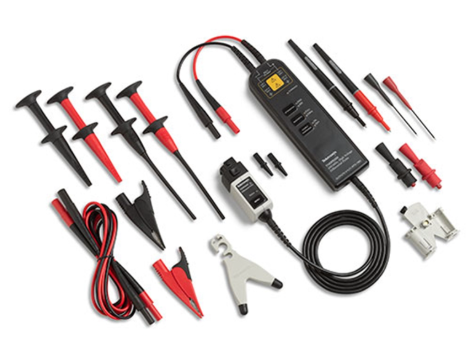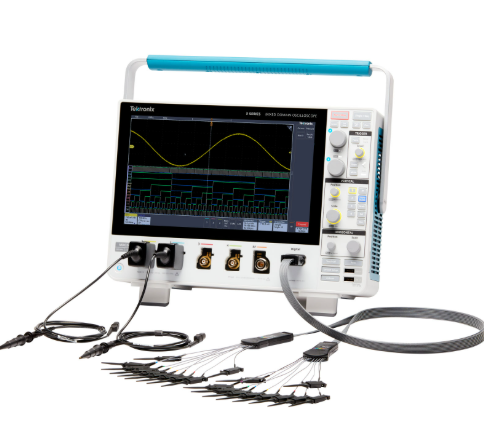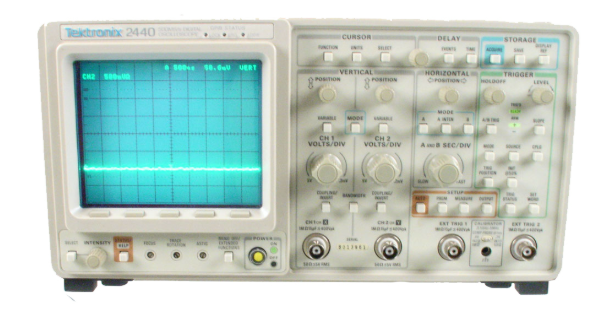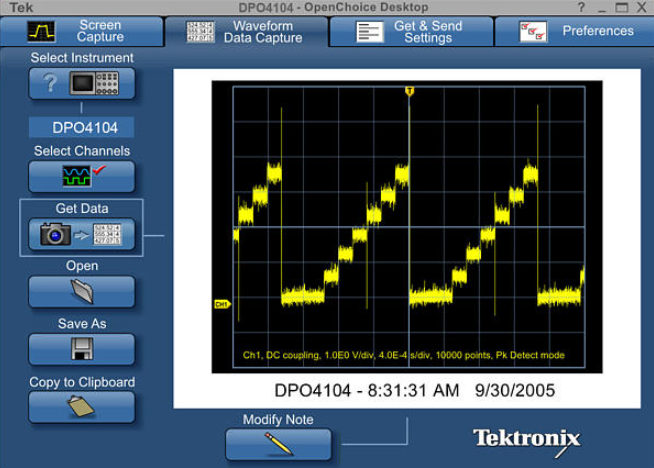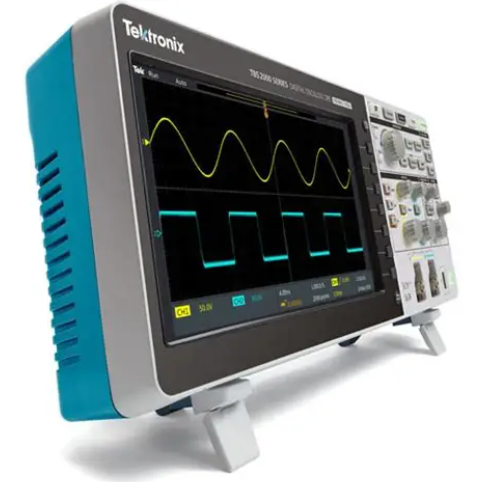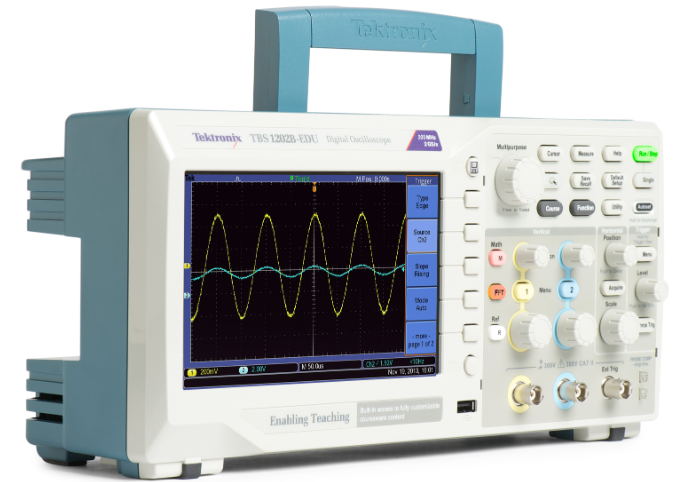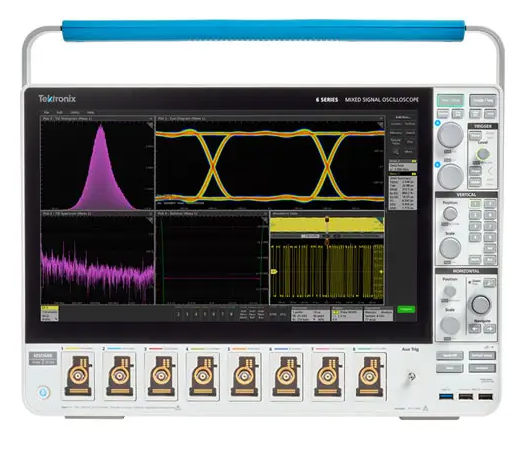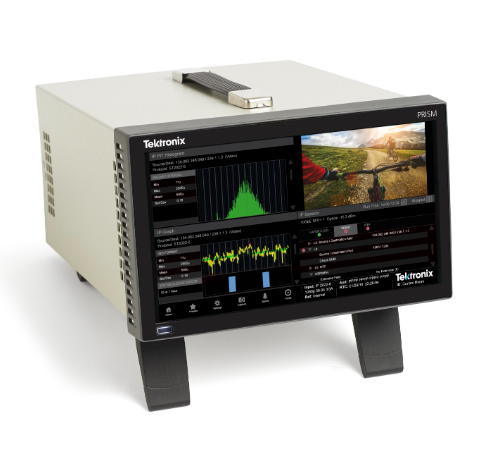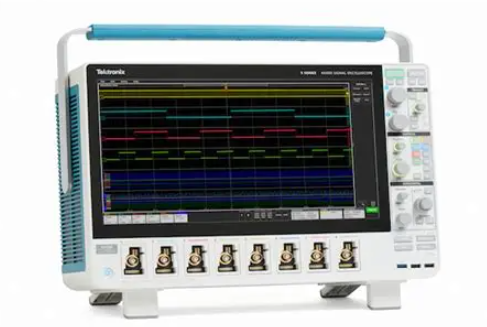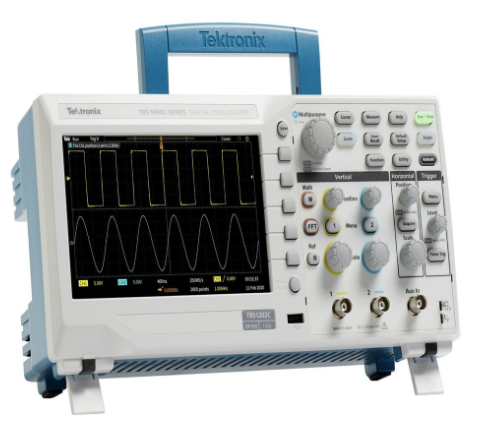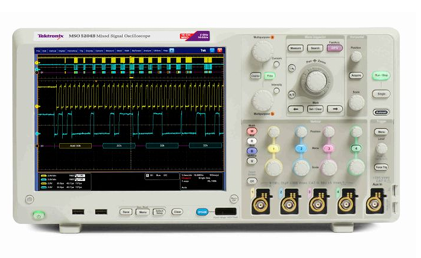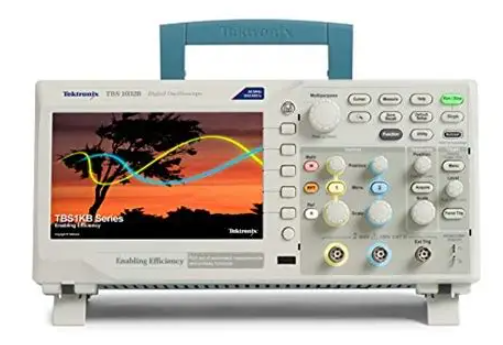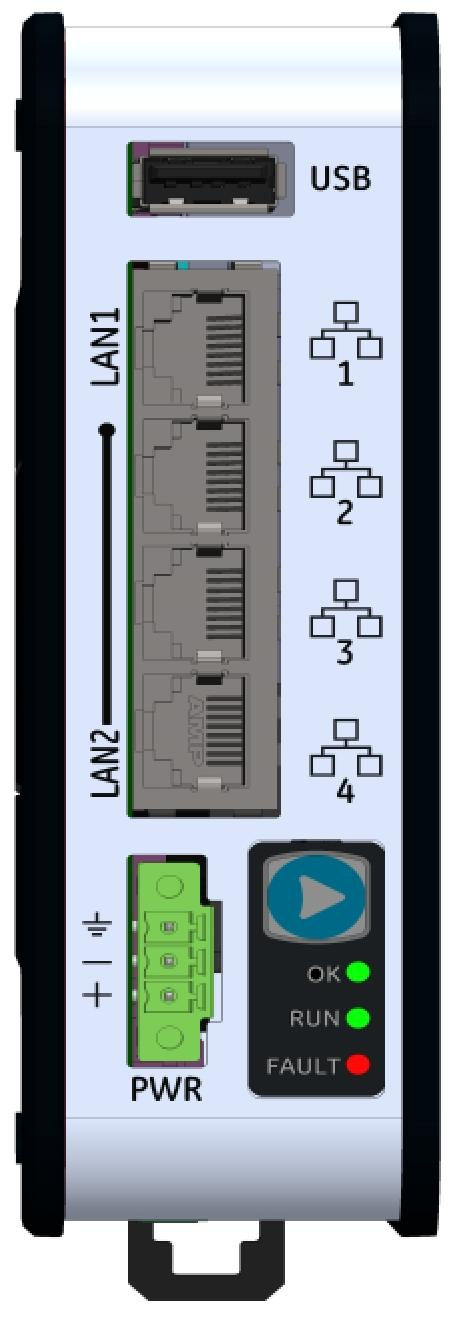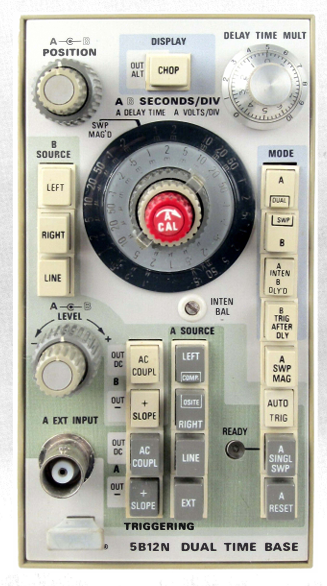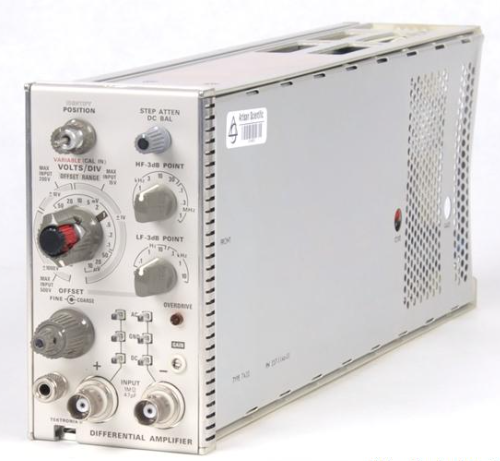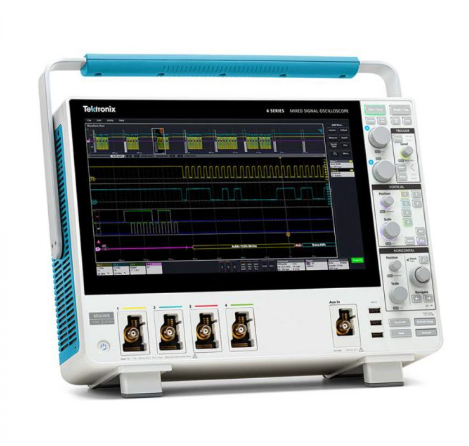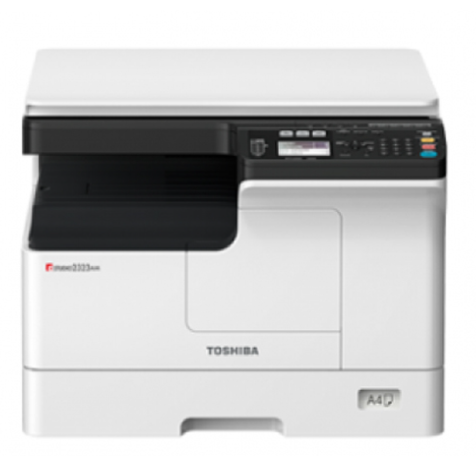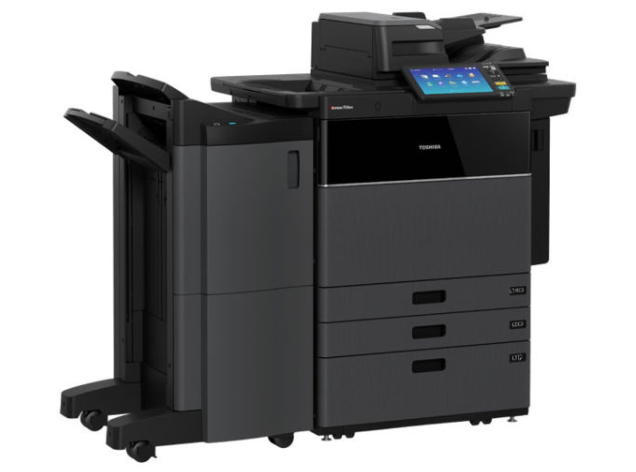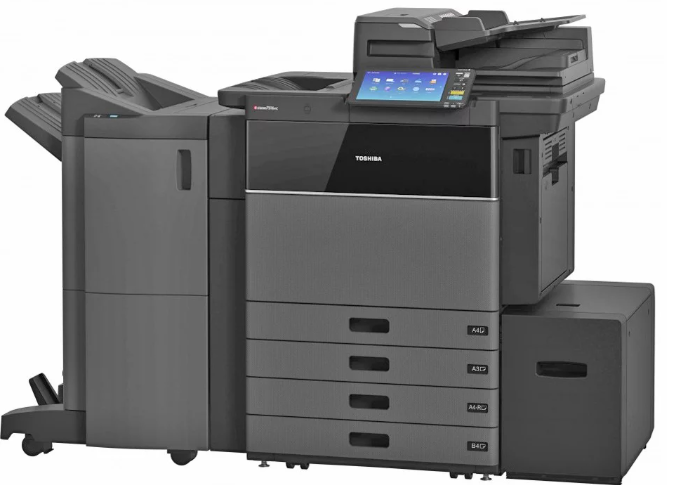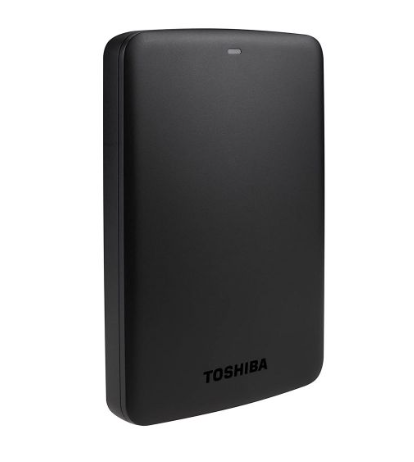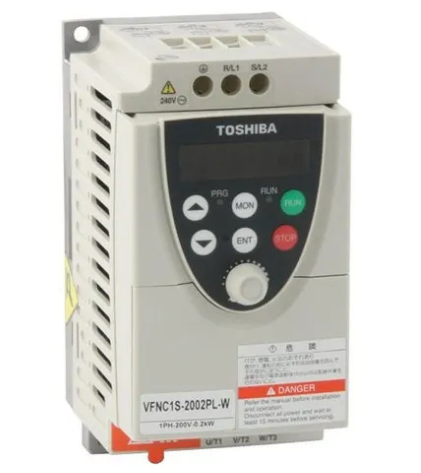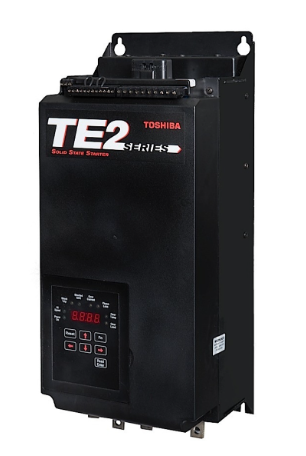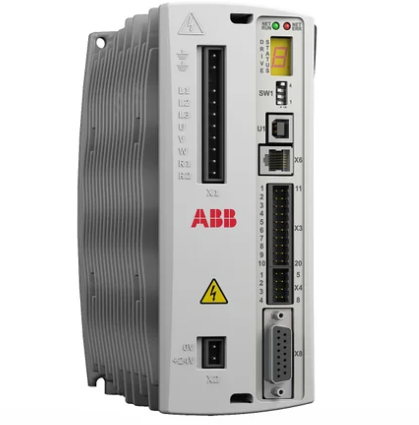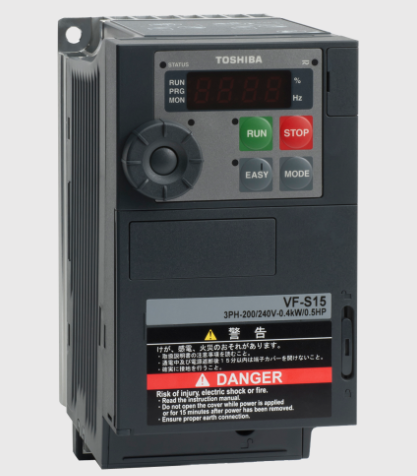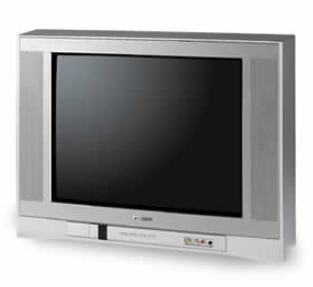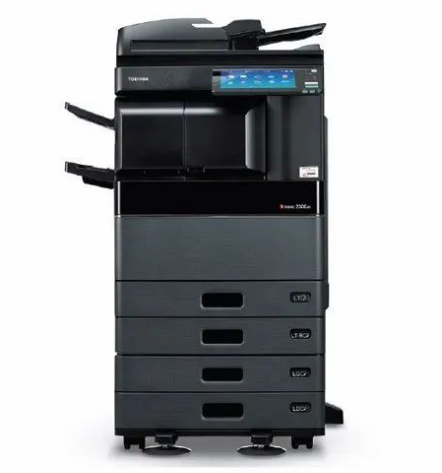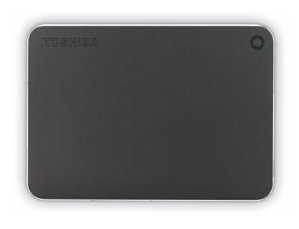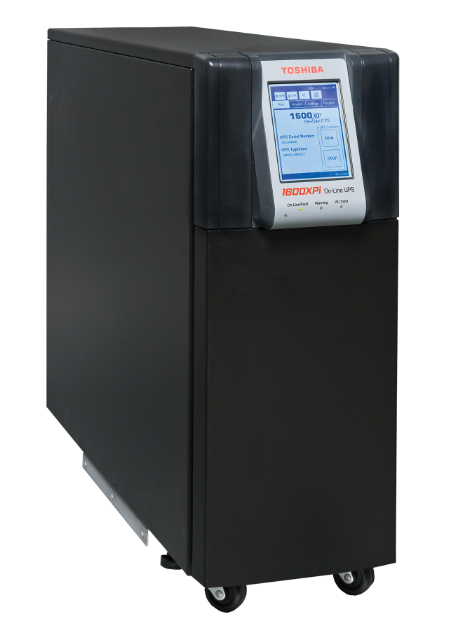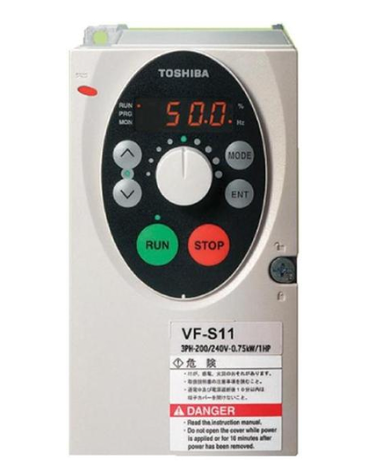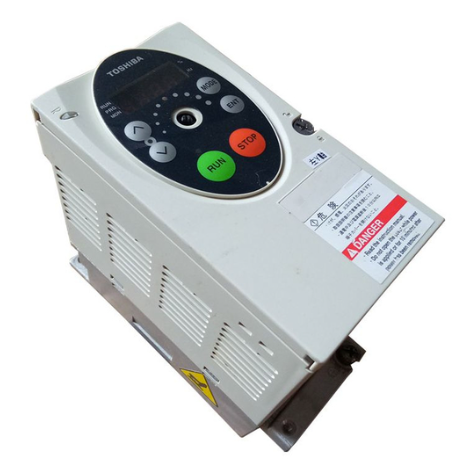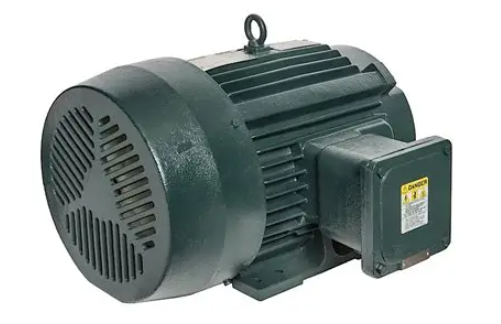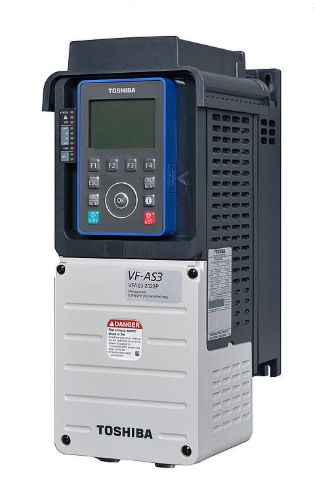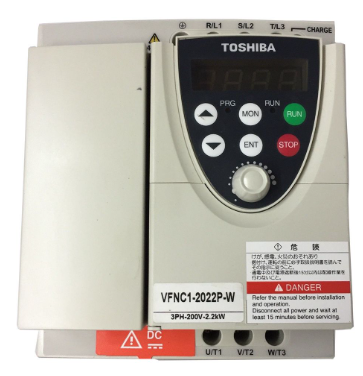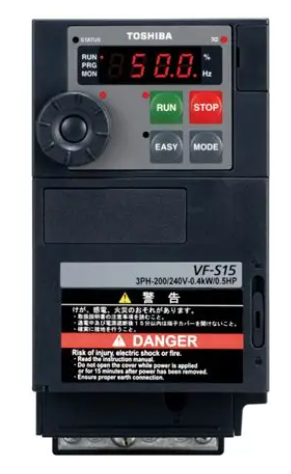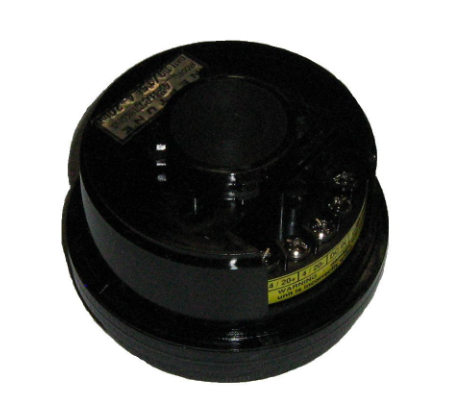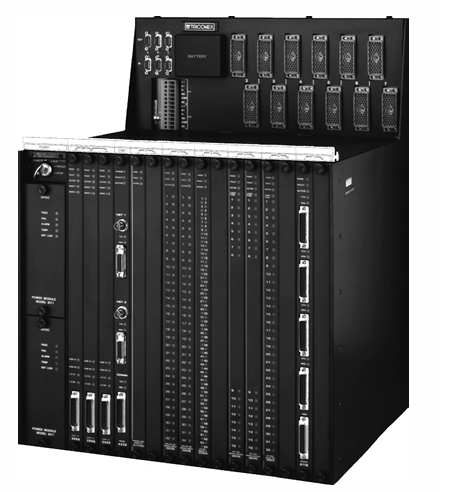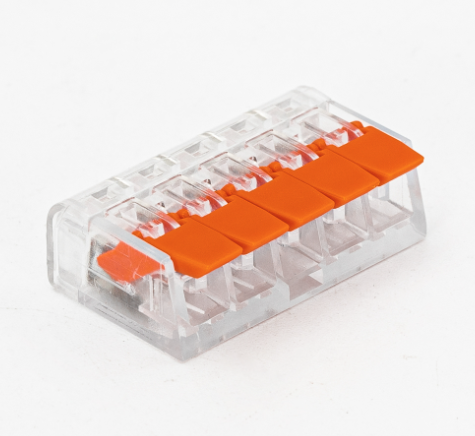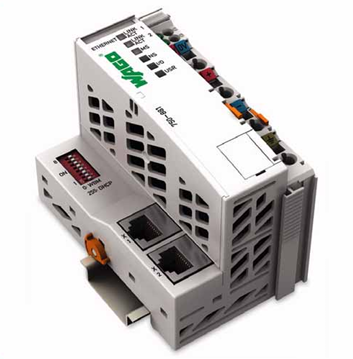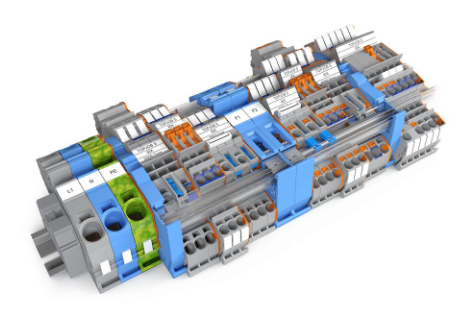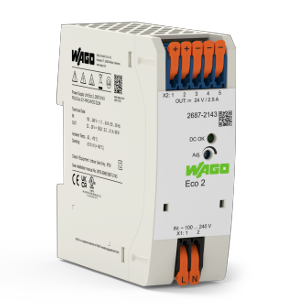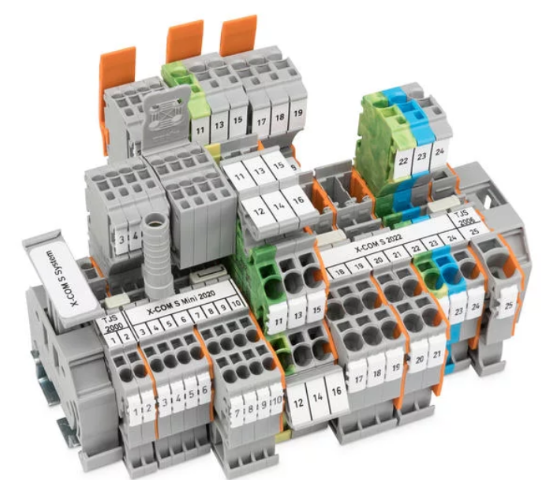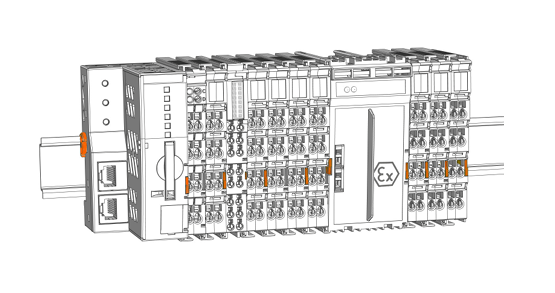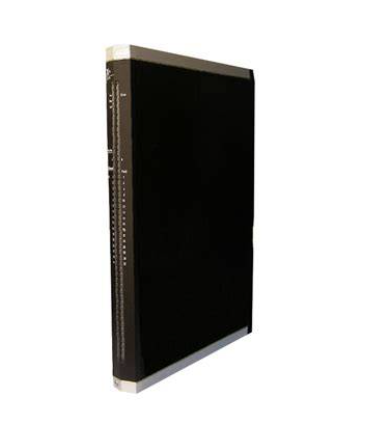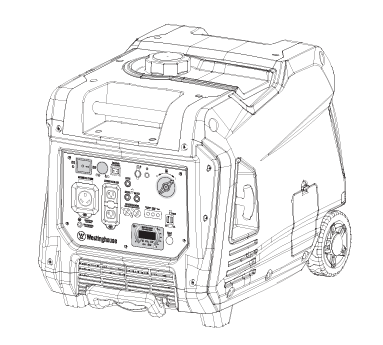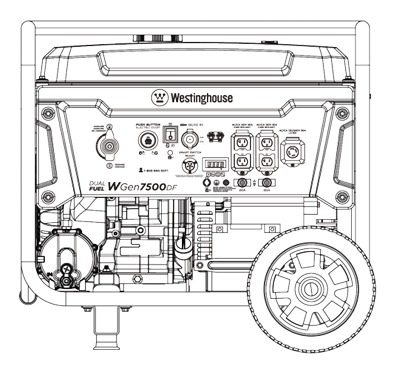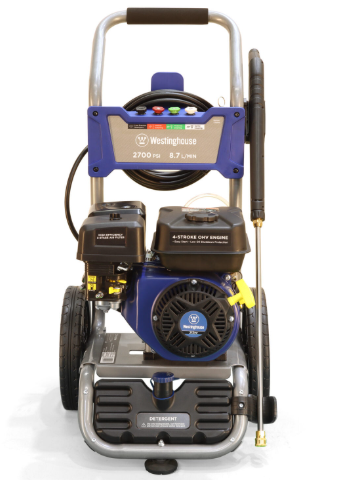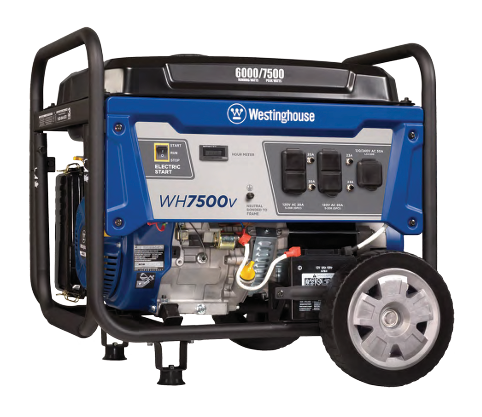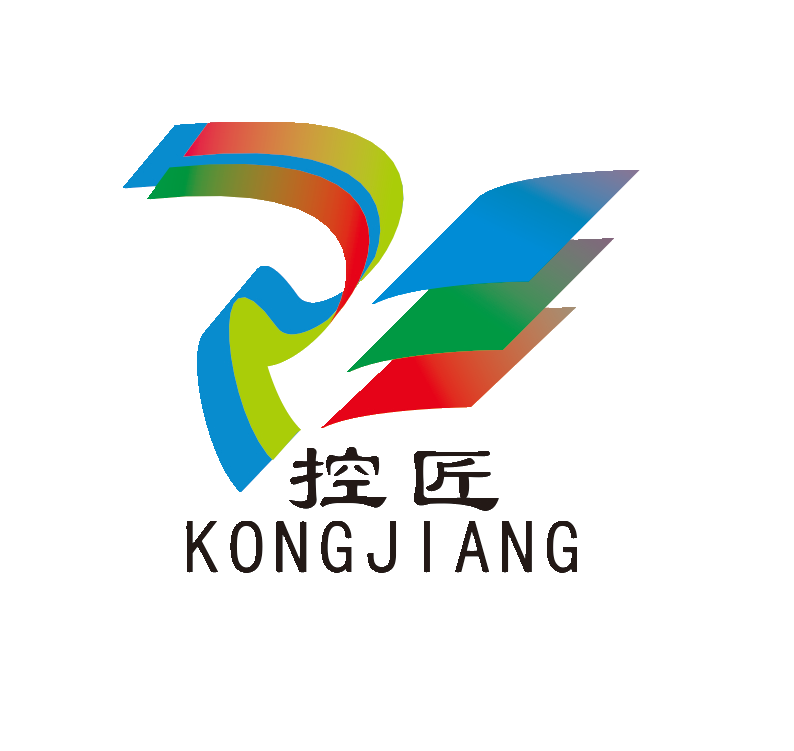

K-WANG


- Telephone:+86-15305925923
- contacts:Mr.Wang
- Email:wang@kongjiangauto.com
ABB Termination Plug PZ 756 H&B Contronic
Functional Characteristics
Signal termination function: It is mainly used to accurately terminate the signal transmission in a specific electrical circuit, ensure that the signal stops at a predetermined position, avoid signal reflection, interference with other lines or equipment, and ensure the accuracy and stability of signal transmission of the whole system.
Connection stability: It can realize close and reliable connection with corresponding socket or interface. Its design structure can ensure that in the process of long-term use, even by vibration, shock, temperature changes and other factors, the connection between the plug and socket will not be loose or fall off, so as to ensure the continuity and reliability of the electrical connection.
Electrical isolation role: in the electrical system to isolate the role of different circuits or equipment, to prevent the spread of electrical faults in the system, to improve the safety and reliability of the system, to protect personnel and equipment from potential electrical hazards.
Technical Parameters
Rated Voltage: Usually can withstand about 250V AC or other voltage levels suitable for industrial control, in order to meet the electrical safety requirements of different application scenarios.
Rated current: the rated current is generally between a few amps and a dozen amps, common 10A, etc., according to the actual load conditions to choose the right model, to ensure that no overheating, damage and other problems due to overloading during normal operation.
Contact resistance: the contact resistance is very small, generally in the milliohm level or even lower, in order to reduce the loss and heat in the signal transmission process, to ensure the efficiency and quality of signal transmission.
Insulation Resistance: High insulation resistance, usually above megohm level, such as 1000MΩ or more, to ensure good electrical insulation performance and prevent leakage, short circuit and other faults.
Application Scenario
In the field of industrial automation: in the control cabinets and distribution boxes of automated production lines, it is widely used to terminate and connect all kinds of control signals, power signals and other lines, such as the connection lines between PLC and sensors and actuators, to ensure the stable operation of production lines.
Power electronic equipment: in the frequency converter, inverter, soft starter and other equipment, used to connect the internal circuit board with the external power supply, motor and other lines, play a role in signal transmission and electrical isolation, to prevent high-frequency signals within the equipment, high voltage and other external equipment and personnel.
Intelligent building electrical system: in the lighting control system, security monitoring system, elevator control system, etc. of intelligent buildings, it can be used to connect the signal lines between each device to ensure the normal operation and safety of the system.
Rail transportation field: in the signal system, power supply system, vehicle control system, etc. of subway, light rail and other rail transportation, it can be used to connect the lines between various electrical equipments and control modules, to ensure the safe operation of trains and the accuracy of signal transmission.
OTHER INFORMATION
• The operator panel is designed for stationary installation on a planar surface, where the following conditions are fulfilled:
– no high explosive risks
– no strong magnetic fields
– no direct sunlight
– no large, sudden temperature changes
• Install the operator panel according to the accompanying installation instructions.
• Ground the operator panel according to the accompanying installation instructions.
• Only qualified personnel may install the operator panel.
• Separate the high voltage, signal and supply cables.
• Make sure that the voltage and polarity of the power source is correct before connecting the operator panel to the power outlet.
• Peripheral equipment must be appropriate for the application and location.
• In a Zone 2 environment, this equipment shall be installed in an enclosure that provides a degree of protection not less than IP 54 or greater than IP 65 in accordance with IEC/EN 600079-0. The IP rating of the equipment is limited to the IP rating of the enclosure it is to be installed into.
• In a Zone 22 environment, this equipment shall be installed in an enclosure that provides a degree of protection not less than IP 64 or greater than IP 65 in accordance with IEC/EN 600079-0. The IP rating of the equipment is limited to the IP rating of the enclosure it is to be installed into.
| User name | Member Level | Quantity | Specification | Purchase Date |
|---|







